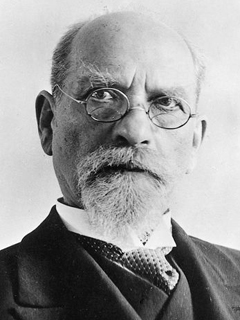
Publication details
Year: 1996
Pages: 247-266
Series: Human Studies
Full citation:
, "Between the subject and sociology", Human Studies 19 (3), 1996, pp. 247-266.


Between the subject and sociology
Alfred Schutz's phenomenology of the life-world
pp. 247-266
in: Human Studies 19 (3), 1996.Abstract
In his writings Alfred Schutz identifies an artificiality in the concept of "life-world" produced by Edmund Husserl's method of reduction. As an alternative, he proposes to assume intersubjectivity as a given of everyday life. This eradicates Husserl's distinction between "life-world" and "natural attitude." The subsequent phenomenological project appears to center upon sociological descriptions of the "structures of the life-world" rather than on a search for apodictic truth. Schutz, however, actually retains Husserl's emphasis on the subject. A tension then arises between the assumption of intersubjectivity and individual experience. Rather than clarifying the concept of intersubjectivity, this further problematizes it. Drawing upon Max Weber's work, Schutz responds by developing a rigorous methodology for studying the social world. But having rejected Husserl's reduction and conflated "life-world" and "natural attitude," Schutz's analysis moves at the level of daily life itself. Consequently, the explanatory categories he proposes appear as abstractions rather than as a way of describing lived experience. Schutz, it is concluded, initiates a scientistic sociology in which the commonsense structures of the "natural attitude of everyday life" are subverted and replaced by the more rigorous knowledge of the "scientific attitude." Schutz's version of phenomenology is ultimately untrue to the spirit of Husserl's original project; and deploying his work as a clear-cut alternative to scientistic tendencies within sociology is not as straightforward as it might at first seem.
Cited authors
Publication details
Year: 1996
Pages: 247-266
Series: Human Studies
Full citation:
, "Between the subject and sociology", Human Studies 19 (3), 1996, pp. 247-266.



